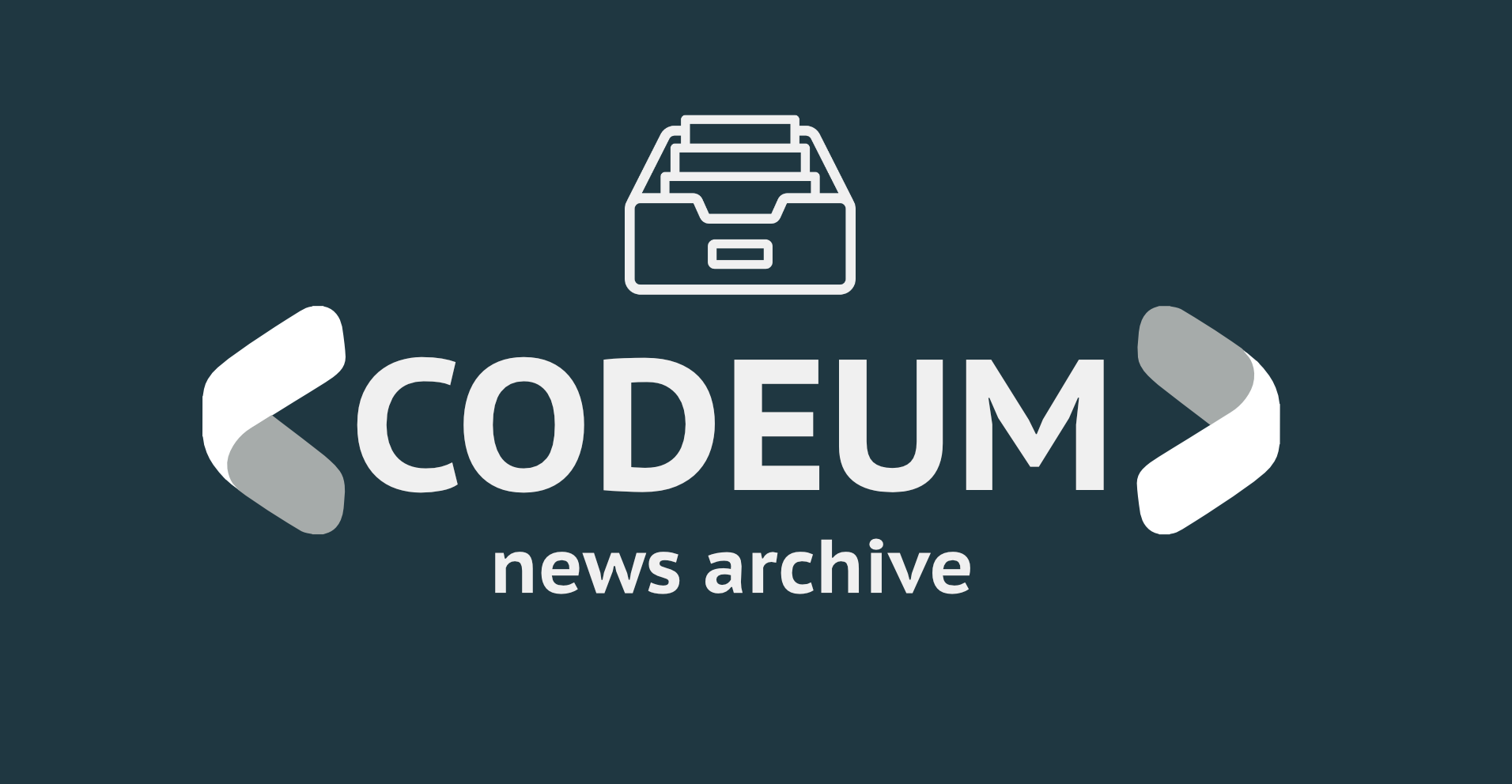
Tether's CTO Says It Will Reduce Commercial Paper Holdings
Key Takeaways
- Tether's CTO Paolo Ardoino told CNBC that the stablecoin issuer would continue to reduce its commercial debt holdings.
- He also said that Tether would improve the transparency of its USDT reserves moving forward.
- Tether has faced legal action for allegedly making false claims about its cash reserves.
Share this article
Tether’s chief technology officer has said that the firm would continue to diminish its commercial debt holdings and improve transparency surrounding the reserves that back its USDT stablecoin.
Tether’s Holdings
The long-controversial stablecoin issuer, Tether, has taken steps to reduce the market uncertainty and risk surrounding the crypto market’s largest stablecoin, USDT.
In an interview with CNBC today, the chief technology officer of both Tether and Bitfinex (owned by the same parent company), Paolo Ardoino, highlighted the “enormous steps” that the stablecoin issuer has taken to increase transparency as well as to “dramatically reduce” its exposure to commercial paper. He mentioned that his firm sends its attestation reporting quarterly to the Attorney General’s office of New York.
Ardoino said that in the last quarter, Tether reduced its exposure to commercial paper by 21%, and he noted that the company would continue to wane its commercial paper holdings. Its diminishing commercial paper reserves would be replaced with U.S. Treasury bonds, the CTO said.
Currently, Tether does not reveal the companies that it holds commercial paper in, though it does provide ratings. Ardoino said that the “vast majority” of its commercial debt holdings were rated A2 or better, credit considered minimally risky.
Stablecoins issued by centralized companies, such as Tether’s USDT, as opposed to decentralized or algorithmic stablecoins, such as DAI, which is managed via the Maker Protocol and the MakerDAO, are backed, theoretically, by assets that are more stable than cryptocurrencies (e.g. Bitcoin or Ethereum). This would include the U.S. dollar. As the name implies, stablecoins are meant to provide a more stable asset that can be used for trading and lending.
Last October, Tether was forced by the Commodity Futures Trading Commission to pay a $41 million fine over false or misleading claims that USDT was fully backed by dollars. This fine was preceded by widespread allegations that Tether held billions of dollars worth of Chinese companies’ debt in the form of commercial paper. Again due to its claims that its stablecoin was fully backed by dollars, Tether Holdings was hit with a new class action lawsuit last December, its second in the span of four months.
Disclosure: At the time of writing, the author of this piece owned BTC, ETH, and several other cryptocurrencies.
Share this article
A Guide to Yield Farming, Staking, and Liquidity Mining
Yield farming is arguably the most popular way to earn a return on crypto assets. Essentially, you can earn passive income by depositing crypto into a liquidity pool. You can think of these liquidity...
Tether and Bitfinex Fined $42.5 Million by the CFTC
The Commodity Futures Trading Commission (CFTC) has ordered Tether and Bitfinex to pay fines of $42.5 million, with Tether’s fine making up $41 million of the total. CFTC Fines Tether...
Tether Owns Billions In Chinese Debt: Bloomberg Report
A Bloomberg report has claimed to have found that Tether holds billions of dollars worth of Chinese commercial paper. Investigation Raises New Concerns Today, Bloomberg BusinessWeek reported that stablecoin issuer...
Tether Handed New Class Action Lawsuit
A class action lawsuit has been filed against the stablecoin issuer for the second time in the space of four months. Tether Faces New Lawsuit Tether Holdings, the issuer of...
Source link